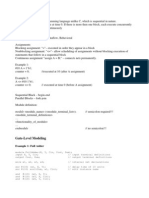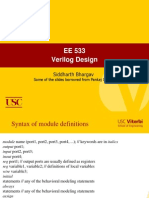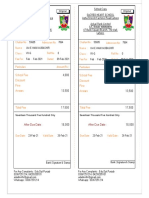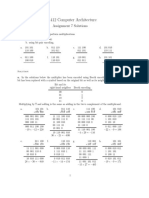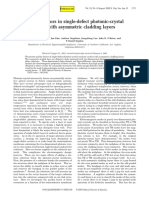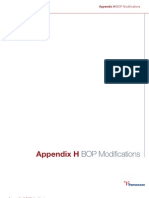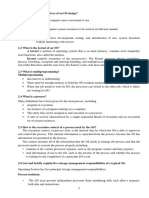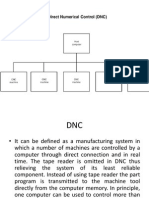0% found this document useful (0 votes)
150 views9 pagesVerilog HDL: Module
Verilog HDL is a hardware description language used to model and simulate digital circuits. It supports various modeling styles including switch-level, gate-level, dataflow, and behavioral. Key concepts include modules, ports, parameters, continuous assignments, blocking/non-blocking assignments, always and initial blocks, case statements, and parameterised macros. Examples demonstrate modeling counters, multiplexers, full adders, and finite state machines.
Uploaded by
M Usman RiazCopyright
© © All Rights Reserved
We take content rights seriously. If you suspect this is your content, claim it here.
Available Formats
Download as PDF, TXT or read online on Scribd
0% found this document useful (0 votes)
150 views9 pagesVerilog HDL: Module
Verilog HDL is a hardware description language used to model and simulate digital circuits. It supports various modeling styles including switch-level, gate-level, dataflow, and behavioral. Key concepts include modules, ports, parameters, continuous assignments, blocking/non-blocking assignments, always and initial blocks, case statements, and parameterised macros. Examples demonstrate modeling counters, multiplexers, full adders, and finite state machines.
Uploaded by
M Usman RiazCopyright
© © All Rights Reserved
We take content rights seriously. If you suspect this is your content, claim it here.
Available Formats
Download as PDF, TXT or read online on Scribd
/ 9
